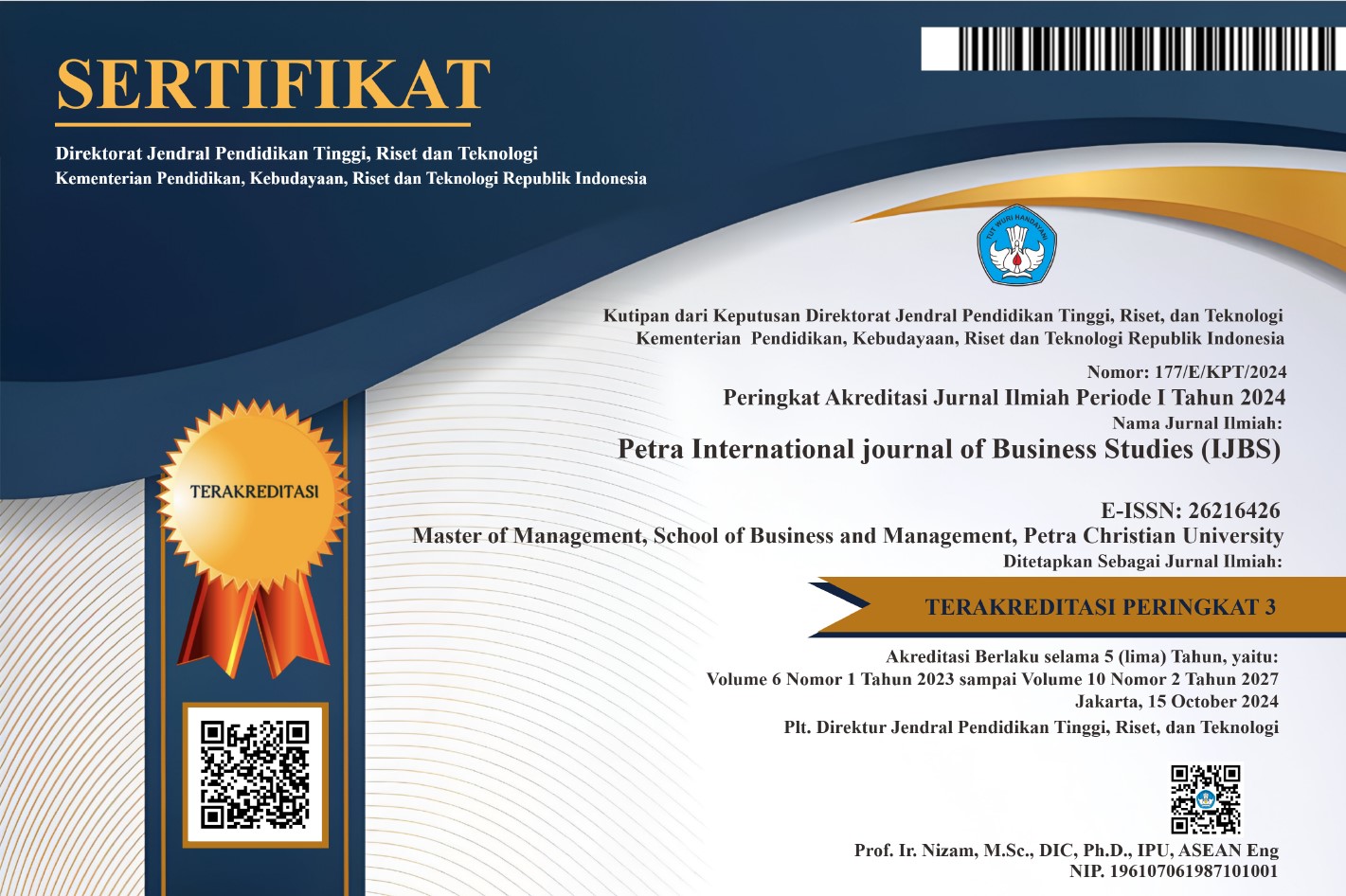Demand Forecasting of The Automobile Sales Using Least Square, Single Exponential Smoothing and Double Exponential Smoothing
DOI:
https://doi.org/10.9744/ijbs.4.2.122-130Keywords:
business intelligence, forecasting, automobile sales, least square, single exponential smoothing, double exponential smoothingAbstract
Sales strategies require the right managerial in marketing products with the development of technology and communication, the decision making in product sales supported by complete data and can be analyzed into intelligence business solutions. The research discussed and provided solutions about how to forecast future demand targets from a set of data history by making a predictive model of product demand in the real case. The research study was obtained from automobile sales, which the company probably set the strategy from the forecast result of automobile sales by the system in the future. The research used forecasting methods such as Least Square, Single Exponential Smoothing, and Double Exponential Smoothing to achieve a small percentage of prediction error. The dataset was collected from Mitsubishi Motors Corporation which obtained 60 samples of popular product types such as Pajero, FE and L300 from 2014 to 2018 over a period of months. The experimental results reported that Double Exponential Smoothing has given a better performance than other methods. The forecasting result of Pajero reached the MAPE of 3.26%, FE reached the MAPE of 3.24%, and L300 reached the MAPE of 3.37%. This study indicates that the selection of the forecasting method depends on the actual data pattern and the adjustment of the parameters in predicting future points.
Downloads
References
Ali, M. M., Boylan, J. E., & Syntetos, A. A. (2012). Forecast Errors and Inventory Performance Under Forecast Information Sharing. International Journal of Forecasting, 28(4), 830-841.
Asogwa, O. C., Eze, C. M., & Okonkwo, C. R. (2019). Modeling the Cases of Road Traffic Crashes: A Case of Exponential Smoothing Approach. International Journal of Mathematics Trends and Technology, 65(1), 46-52.
Bose, R., Dey, R. K., Roy, S., & Sarddar, D. (2019). Time Series Forecasting using Double Exponential Smoothing for Predicting the Major Ambient Air Pollutants. In Information and Communication Technology for Sustainable Development (pp. 603-613). Singapore: Springer.
Chiu, C., & Shu, C.-H. (2017). Monthly Car Sales Prediction using Internet Word-of-Mouth (eWOM). 2017 IEEE International Conference on INnovations in Intelligent SysTems and Applications (INISTA). Gdynia, Poland: IEEE.
D'Arconte, C. (2018). Business Intelligence Applied in Small Size for Profit Companies. Procedia Computer Science, 131, 45-57.
Dengen, N., Haviluddin, Andriyani, L., Wati, M., Budiman, E., & Alameka, F. (2018). Medicine Stock Forecasting Using Least Square Method. The 2nd East Indonesia Conference on Computer and Information Technology (EIConCIT) 2018 (pp. 100-103). South Sulawesi, Indonesia: IEEE.
Dmitry, I., Tsipoulanidis, A., & Schönberger, J. (2019). Demand Forecasting: A Decision-Oriented Introduction to the Creation of Value. Global Supply Chain and Operations Management, 11-124.
Gaardboe, R., & Svarre, T. (2018). Business Intelligence Success Factors: A Literature Review. Journal of Information Technology Management, 29(1), 1-15.
Halim, K. K., Halim, S., & Felecia. (2019). Business Intelligence for Designing Restaurant Marketing Strategy: A Case Study. Procedia Computer Science, 161, 615-622.
Hyndman, R. J., & Athanasopoulos, G. (2014). Forecasting: Principles and Practice. University of Wester Australia: OTexts.
Hyndman, R. J., Koehler, A. B., Ord, J. K., & Snyder, R. D. (2008). Forecasting with Exponential Smoothing. Berlin: Springer-Verlag Berlin Heidelberg.
Kim, S., & Kim, H. (2016). A New Metric of Absolute Percentage Error for Intermittent Demand Forecasts. International Journal of Forecasting, 32, 669-679.
Mas-Machuca, M., Sainz, M., & Martinez-Costa, C. (2014). A Review of Forecasting Models for New Products. Intangible Capital, 10(1), 1-25.
Nazim, A., & Afthanorhan, A. (2014). A Comparison Between Single Exponential Smoothing (SES), Double Exponential Smoothing (DES), Holt’s (Brown) and Adaptive Response Rate Exponential Smoothing (ARRES) Techniques in Forecasting Malaysia Population. Global Journal of Mathematical Analysis, 2(4), 276-280.
Ostertagov ́A, E., & Ostertag, O. (2012). Forecasting Using Simple Exponential Smoothing Method. Acta Electrotechnica et Informatica, 12(3), 62-66.
Petropoulos, F., Kourentzes, N., Nikolopoulos, K., & Siemsen, E. (2018). Judgmental Selection of Forecasting Models. Journal of Operations Management, 60, 34-46.
Sun, X., Huang, X.-Y., Gordon, C., Mittermaier, M., Beckett, R., Cheong, W. K., . . . Semple, A. (2020). A Subjective and Objective Evaluation of Model Forecasts of Sumatra Squall Events. Weather and Forecasting, 35(2), 489-506.
Sun, Z., Zou, H., & Strang, K. (2015). Big Data Analytics as a Service for Business Intelligence. In: Janssen M. et al. (eds) Open and Big Data Management and Innovation. I3E 2015. Lecture Notes in Computer Science (Vol. 9373). Springer.
Václav, C., Gabriel, F., Blanka, K., Libor, K., & Michal, T. (2021). Utilization of Business Intelligence Tools in Cargo Control. Trans-portation Research Procedia, 53, 212-223.
Additional Files
Published
Issue
Section
License
Petra IJBS (e-ISSN: 2621-6426) is published by Master of Management program, School of Business and Management, Petra Christian University, Indonesia (MM SBM PCU).












